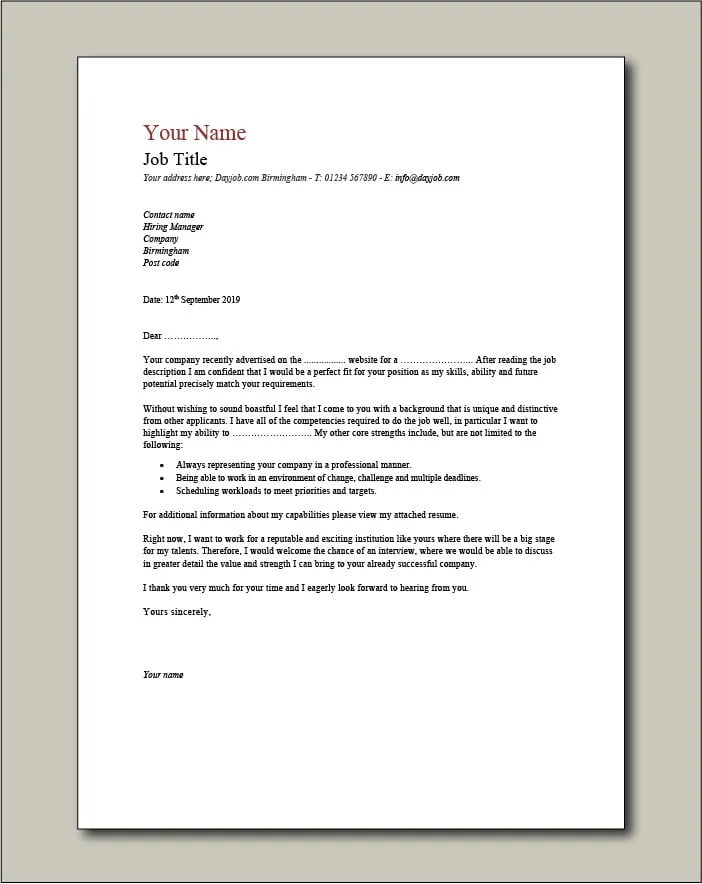Crafting a Winning USPS Cover Letter
A well-crafted cover letter is your first opportunity to make a strong impression on a potential employer at the United States Postal Service (USPS). It serves as a personalized introduction, allowing you to highlight your qualifications, skills, and experience in a way that a resume alone cannot. This guide unveils the secrets to creating a compelling USPS cover letter that grabs attention and significantly increases your chances of landing your dream job within the postal service. By following these tips, you’ll transform a standard application into a powerful tool that showcases why you’re the ideal candidate for the role.
Understanding USPS Hiring Needs
Before you begin writing, it’s crucial to understand what USPS is looking for in its employees. The postal service values individuals who are reliable, possess strong communication and customer service skills, are physically capable, and demonstrate a commitment to efficiency and accuracy. Researching USPS’s core values and mission will provide valuable insights into the qualities they prioritize, enabling you to tailor your cover letter to resonate with their specific needs. Remember, USPS is a service-oriented organization, so showcasing your ability to provide excellent customer service is paramount.
Researching USPS Job Openings
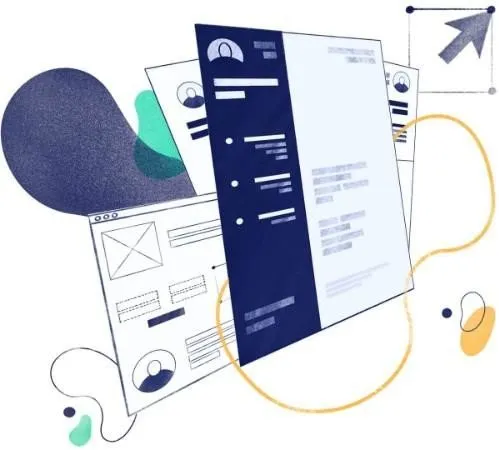
Start by thoroughly reviewing the job description for the specific USPS position you are applying for. Identify the key requirements, responsibilities, and desired qualifications. Look for keywords and phrases used in the job posting. This research is essential as it will guide you in selecting the most relevant information to include in your cover letter. Visit the USPS Careers website and other job boards to find available positions. Understanding the specific requirements of each job is the foundation of a successful application.
Highlighting Relevant Skills and Experience
Your cover letter is your chance to shine. Focus on the skills and experiences that directly align with the job requirements. Don’t simply restate your resume; instead, elaborate on your accomplishments and demonstrate how your skills make you a valuable asset to USPS. Provide specific examples of how you’ve utilized these skills in past roles. Quantify your achievements whenever possible to provide tangible evidence of your capabilities. For example, if the job requires handling packages, describe your experience, and mention the average number of packages handled, or accuracy rate.
Showcasing Communication Skills
Effective communication is vital in nearly every USPS role. Highlight your ability to communicate clearly and concisely, both verbally and in writing. Provide examples of situations where you successfully communicated with customers, colleagues, or supervisors. Mention any training or experience in customer service, conflict resolution, or public speaking. Remember, USPS employees often interact with the public; showcasing excellent communication skills is essential.
Emphasizing Customer Service Abilities
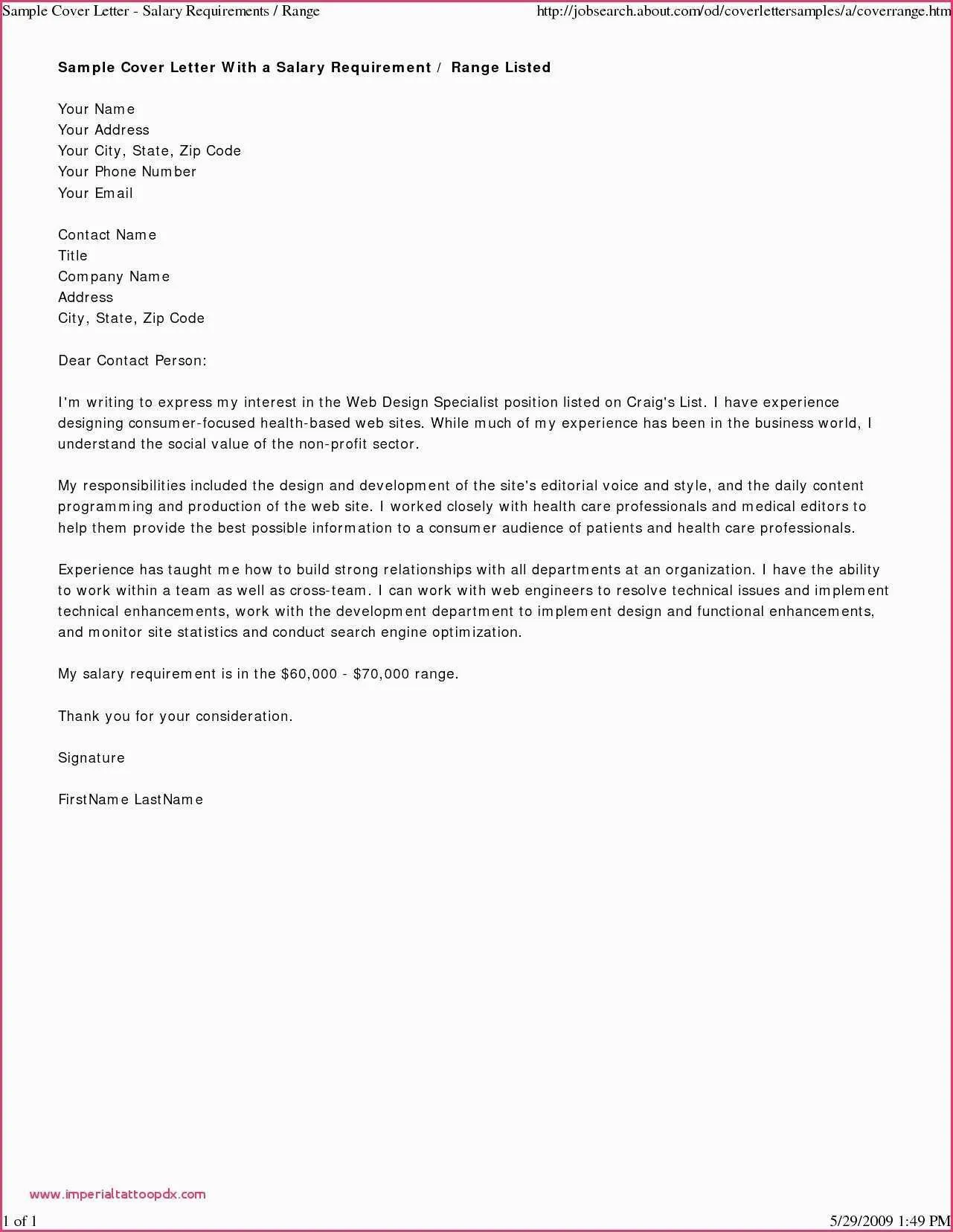
USPS is a customer-centric organization. Showcase your commitment to providing exceptional customer service. Describe instances where you went above and beyond to assist customers or resolve their issues. Highlight your ability to remain patient, empathetic, and professional, even in challenging situations. Illustrate your understanding of the importance of customer satisfaction in a service-oriented environment. Provide evidence of your dedication to meeting and exceeding customer expectations.
Demonstrating Physical Capabilities
Many USPS positions require physical stamina and the ability to lift, carry, and sort packages. If the job description emphasizes physical requirements, address them in your cover letter. Describe your physical fitness level and any relevant experience, such as working in a warehouse, loading trucks, or engaging in physically demanding activities. If you have any relevant certifications, such as a forklift license, be sure to mention them. Be honest and realistic about your physical capabilities.
Tailoring Your Cover Letter to the Job Description
Each USPS job is unique, and your cover letter should reflect that. Avoid sending generic cover letters. Instead, personalize your letter for each position you apply for. Carefully analyze the job description and tailor your content to match the specific requirements and desired qualifications. Show the hiring manager that you understand the role and how your skills align with their needs. Customization demonstrates your genuine interest in the position and increases your chances of being selected for an interview.
Analyzing the Job Requirements
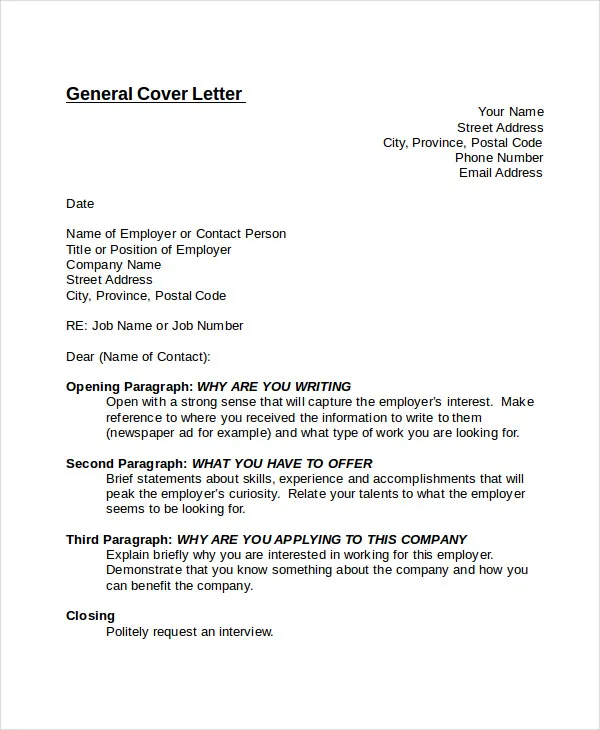
Begin by dissecting the job description, breaking it down into its core components. Identify the essential skills, experience, and qualifications that the USPS is seeking. Note any specific keywords or phrases used in the posting. This analysis will help you structure your cover letter and ensure that you address all the critical requirements.
Matching Your Skills to the Requirements
Once you understand the job requirements, align your skills and experience accordingly. Identify the skills and accomplishments from your background that directly relate to the job posting. Use the job description as a guide to selecting the most relevant information to include in your cover letter. Provide specific examples that illustrate how you have successfully used these skills in the past and how they will benefit USPS. Make sure to use the same keywords.
Using Keywords Effectively
Incorporate relevant keywords from the job description throughout your cover letter. This helps demonstrate that you understand the role and have the skills required. Use keywords naturally within the context of your sentences and paragraphs. Avoid keyword stuffing, which can make your cover letter sound unnatural. When applying through an online portal, using the right keywords can help your application get noticed by Applicant Tracking Systems (ATS).
Formatting Your USPS Cover Letter
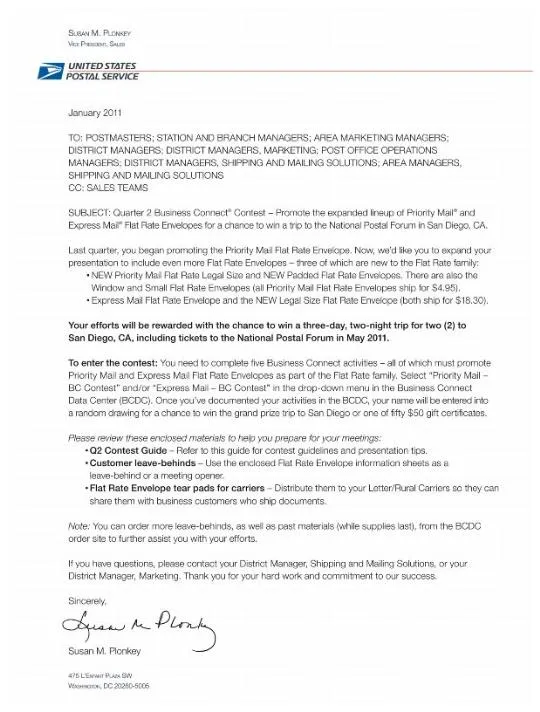
A well-formatted cover letter is easy to read and makes a positive first impression. Ensure your cover letter adheres to standard formatting guidelines to present a professional image. Pay attention to font, spacing, and overall layout to ensure readability and visual appeal. Proper formatting demonstrates your attention to detail and respect for the hiring manager’s time.
Choosing the Right Font and Style
Select a professional and easy-to-read font, such as Times New Roman, Arial, or Calibri. Use a font size between 10 and 12 points. Ensure consistent formatting throughout your cover letter. Avoid using overly stylized fonts, which can be distracting. Maintain a clean and uncluttered layout to enhance readability. The goal is to make your cover letter visually appealing and easy for the hiring manager to read and understand.
Properly Addressing the Letter
Always address your cover letter to a specific person if possible. Research the hiring manager’s name and title and use it in your salutation. If you are unable to find a specific name, you can use a professional greeting, such as “Dear Hiring Manager” or “Dear [Department Name] Hiring Team.” Avoid generic greetings like “To Whom It May Concern,” as they can make your cover letter appear impersonal.
Writing a Compelling Opening

Your opening paragraph should immediately grab the reader’s attention. State the position you are applying for and where you saw the job posting. Briefly mention your most relevant skills and experience to capture the hiring manager’s interest. Clearly state your intention to apply and express enthusiasm for the opportunity. Make your opening concise and compelling, highlighting your genuine interest in the position and the USPS.
Creating a Strong Body Paragraph
The body of your cover letter is where you provide details about your qualifications and experience. Use specific examples to demonstrate how your skills and accomplishments align with the job requirements. Focus on the key requirements outlined in the job description and provide evidence of your abilities. Quantify your achievements whenever possible. Use action verbs to make your accomplishments sound more dynamic and engaging. Keep each paragraph concise and focused.
Writing a Powerful Closing Statement
Your closing statement should reiterate your interest in the position and express your enthusiasm for the opportunity. Thank the hiring manager for their time and consideration. Include a call to action, such as stating that you are available for an interview and eager to discuss your qualifications further. Provide your contact information and end with a professional closing, such as “Sincerely” or “Respectfully.” Your closing should leave a positive and memorable impression.
Proofreading and Editing Your Cover Letter
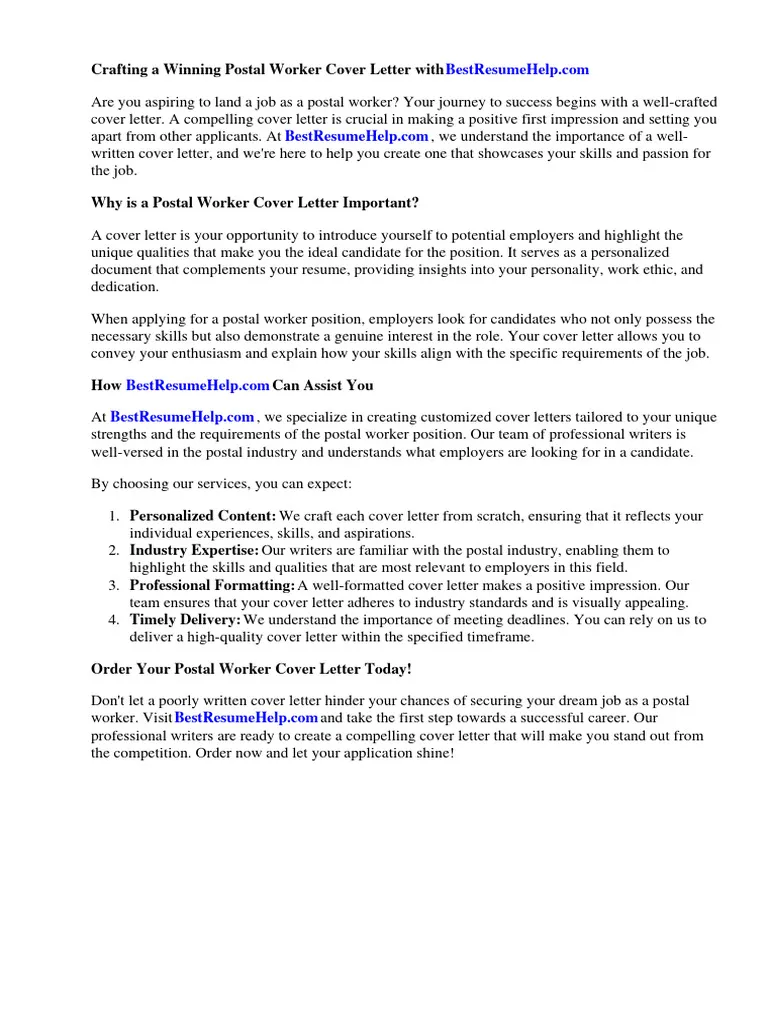
Before submitting your cover letter, thoroughly proofread and edit it. Errors can create a negative impression and undermine your credibility. Take the time to review your cover letter for any typos, grammatical errors, or inconsistencies. Ensure your cover letter is polished, professional, and error-free before submitting it.
Checking for Grammar and Spelling Errors
Carefully review your cover letter for any grammatical errors or spelling mistakes. Use a grammar checker and spell checker to identify potential issues. Read your cover letter aloud to catch any awkward phrasing or sentence structure. Having a polished and error-free cover letter reflects professionalism and attention to detail.
Ensuring Clarity and Conciseness
Ensure your cover letter is clear, concise, and easy to understand. Avoid using jargon or overly complex language. Write in a direct and straightforward style. Make sure your sentences are well-structured and your ideas are organized logically. The goal is to convey your qualifications and enthusiasm for the position in a clear and compelling manner.
Getting Feedback from Others
Before submitting your cover letter, ask a friend, family member, or career counselor to review it. They can provide valuable feedback on your writing style, content, and overall presentation. Fresh eyes can catch errors or suggest improvements that you may have missed. Consider their feedback and make any necessary revisions. The advice from others can give you a higher chance of getting the job.
